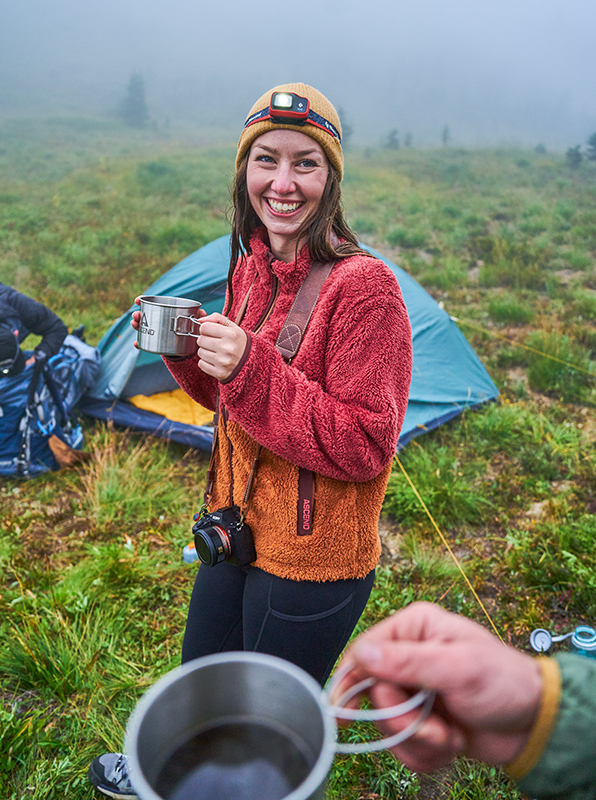Wildfire Safety Tips

Safety should be your top-most priority when camping in a wildfire prone area. Wildfires are hazardous and unpredictable, which is why it is essential to take necessary precautions.
Here is a list of things you should do before leaving to your camping trip:
- Always Have a Backup Plan: Stay flexible and be prepared to take your trip to another location or postpone it if necessary. Choose a destination with multiple roads and trails in and out of the area. It's better to opt for a staycation than to head into a stressful environment that you won't be able to enjoy.
- Do Your Research: Conduct thorough research before departing for your camping trip. Check for wildfire forecasts, weather conditions, and air quality index. When you arrive at your destination, reach out to the local land manager for updated information on fires, road closures, or trails. It's advisable to leave a detailed trip plan with your friends or family in case of an emergency.
- Pack Essentials: While you don't need to pack an emergency fire suit, it's worth considering packing a few items such as a signal mirror to flash three times (a universal distress call), a satellite messenger, medications, an emergency kit, and a radio. These items can come in handy in case of an emergency.

How to Protect Yourself from Wildfire Smoke
If you encounter hazy skies, know that smoke and ash can come from far away and not to panic at first sight. Learn to read smoke signals at any position to help you respond better and make tactical decisions.
General Guidelines to Read Wildfire Smoke
Smoke Column & Velocity: A smoke column is partially burned debris, particulates, and hot air that is pushed up into the air by the heat of a fire. The speed of the smoke can also indicate the fire's intensity. If you see the smoke column growing rapidly, it's time to evacuate.
Smoke Colour: This will be a visible shade of the spectrum that can help you determine the location and the behaviour of the fire.
- Red/orange sky and dark smoke: If you see the sky turning red or orange, and there is thick, dark smoke in the area, it indicates a dangerous and fast-moving fire. You should evacuate immediately.
- Brown/grayish-brown smoke: This indicates that the fire is burning in a densely forested area or where there is significant moisture in the vegetation. It may not be spreading actively, but the smoke may still prove to be a threat.
- Black smoke: This type of smoke suggests a high-intensity fire and combustion of heavy fuels like organic matter and wood. This kind of smoke can be a potential danger as it often produces soot, which can be harmful when inhaled.
- White smoke: This suggests finer and fast-burning fuels such as grass and they usually burn for short periods.
Wildfire smoke direction and drift
The direction that a smoke column bends indicates the direction the fire is moving. So, head the other way if possible.
Wildfire smoke density
This refers to the thickness of the smoke. The thicker it is, the poorer the visibility, and it's an indication of significant fire. Thick or optically dense smoke can lead to a hostile fire event and rapid-fire spread. High-density smoke can also affect air quality and cause respiratory issues.
6 Ways to Protect Yourself from Wildfire Flames
Wildfires could spread fast and pose a threat to your safety. Ensure you are vigilant and keep an eye out for wildfires when you are on your camping trip.
- If you see flames, go in the opposite direction. It is ideal to travel in a direction that can take you away from it.
- Fire goes faster uphill than downhill unless you are near the crest and can quickly go to a safer location.
- A rising smoke column that is nearing you or you get smoked out suddenly, it’s time to move out.
- In case the fire is getting closer to you, look for an area that has little fuel (flat land with little or no vegetation) to feed the fire.
- If you are camping or hiking in fire-prone areas and see a lot of dry lightning (flashes of light but no rain), it is a sign to leave.
- It’s a good strategy to move to an already blackened earth as the fire is headed away from you. However, watch out for the possibility of falling trees and hot ash pockets.